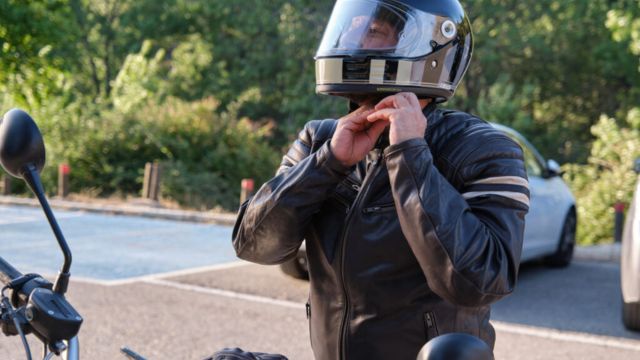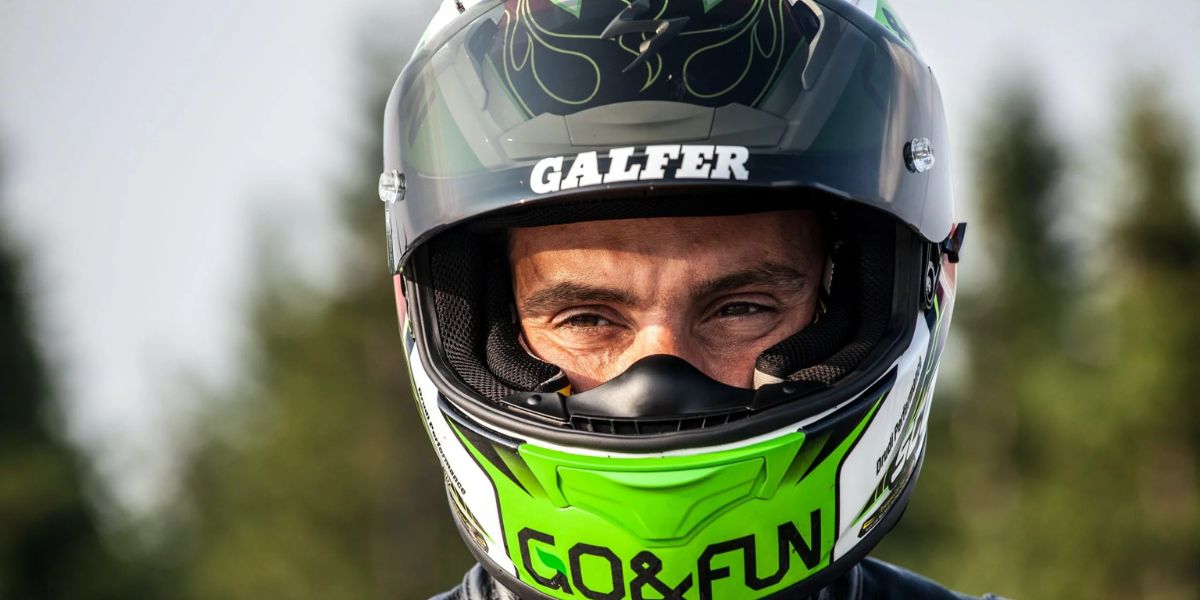WFCN –
Bikers, skateboarders, and motorcyclists flock to California for its picturesque highways and breathtaking scenery. The duty of making sure everyone is safe, particularly teens, comes along with the excitement of these activities.
Protecting child riders from potentially fatal head trauma is the primary goal of California’s helmet legislation. The following are five California helmet laws that all teens should be aware of:
1. The Law on Bicycle Helmets
Everyone under the legal age of 18 in California is required by law to wear a helmet whenever they are riding a bicycle. Every public roadway, including bike lanes and trails, is subject to this law.
The helmet needs to be Snell-approved or certified by the American National Standards Institute (ANSI). Ensuring compliance with this law is the responsibility of parents and guardians. There is a fine for not wearing a helmet, but it can be waived if you can show proof that you bought a helmet.
Crucial Considerations:
- Must be under the age of 18
- Safety Helmet Requirements: ANSI or the Snell Memorial Foundation
The purchase of a helmet may absolve the offender of any fine that may be due.
2. The Law on Motorbike Helmets
One of the most stringent motorbike helmet laws in the US is in California. A helmet that has been approved by the Department of Transportation (DOT) must be worn by all motorcyclists, irrespective of their age.

Because of their lack of life experience, teens are particularly susceptible to mishaps, making this law very important for them. Make sure the helmet fits correctly and fastens securely. All motorized vehicles, including scooters and mopeds, are subject to this law.
Crucial Considerations:
- All ages are welcome
- Requirements for Helmets: DOT-approved
Fines and possible suspension of driving privileges constitute a penalty.
3. The Legislation Protecting Skateboarders and Scooters from Falling Off
Skateboards, scooters, and inline skates are prohibited on California public spaces for teenagers who do not wear helmets. Make sure the helmet is buckled on and the fit is correct.
SEE MORE –
5 Workers-Leave Laws In Florida, You Should Know
The prevalence of head injuries among youth skateboarders is the motivation for this law. It is crucial to be knowledgeable of local legislation since they may have additional regulations regarding helmet wear.
Crucial Considerations:
- Must be under the age of 18
- Useful Activities: Inline skating, skateboarding, scootering
- Penalty: Potential community service and monetary fines
4. The Equestrian Helmet Regulations
California does have helmet regulations for youth equestrians, albeit they aren’t as often brought up. When riding on public grounds or trails, riders under the age of 18 are required to wear a helmet.
The helmet needs to be securely fastened and conform to the requirements set by the American Society for Testing and Materials (ASTM). Riding a horse is dangerous in general, but especially for young people who are just starting out, making this law all the more crucial.
Crucial Considerations:
- Must be under the age of 18
- Safety Helmets: Certified by ASTM
5. Education and Enforcement Regarding Helmets
Proper helmet education for young riders is a top priority in the Golden State. Through instructional initiatives, law enforcement agencies frequently work with community groups and schools to encourage the use of helmets.
Teens will be educated about the risks of not wearing a helmet and the importance of following the rules through these programs. It is extremely important for parents and guardians to reinforce these safety precautions at home.
Crucial Considerations:
- Programs in the classroom and the wider community
- Responsibilities as Parents: Promoting Adherence
- Being cognizant Ads: Stressing the Dangers of Donning a Helmet
In Summary
A teen’s life is at danger when they ride a bike, motorbike, skateboard, or horseback in California, which is why helmet laws are in place. Teens can safely participate in their favorite activities if they know and follow these rules. It is the shared responsibility of parents, guardians, and teachers to instill in young riders the value of protective headgear and encourage them to wear one at all times.
A simple yet efficient technique to protect oneself from significant harm is by wearing a helmet, which should always be one’s first priority.
